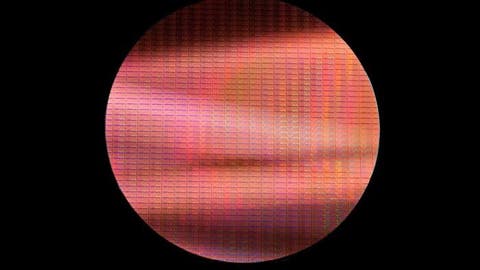In terms of advanced semiconductor technology, TSMC and Samsung are at the forefront. However, in recent years, Samsung has obviously been unable to keep up. Not only has the mass production of new processes been slow and delayed, the performance and customer scale are also far behind its competitors. At the 2021 Chinese IP and Custom Chip Ecological Conference, Samsung announced a new process roadmap. The roadmap shows that its 3GAP 3nm will not start mass-production until 2023. However, TSMC has since announced that it will mass-produce its own 3nm process in the second half of next year.
Previous statements from Samsung show that it will mass-produce 3nm in 2022. However, the company has been talking about the 3GAE version, which is 3nm Gate-all-around Early. This version is basically the initial or early version of the 3nm process. Nevertheless, the 3GAP roadmap refers to the 3nm gate-all-around plus. This is the enhanced version of the 3nm process, and the performance is naturally better. Does this latest announcement mean that Samsung will cancel the 3GAE version? Well, it may have decided to just go directly to the 3GAP. However, a Samsung spokesperson reiterated that the company has been discussing the 3GAE process with customers. Furthermore, he claims that the mass production of the 3GAE will commence in 2022.
From this point of view, the most likely possibility is that the 3GAE process is still there, but it has not been adopted by external customers. Samsung will either use it for experimentation (a bit expensive) or only for personal use (Samsung’s LSI department).
Samsung claims that the 3GAE process compared to 7LPP can improve performance by up to 35%, or reduce power consumption by up to 50%, or reduce the area by up to 45%. In addition, the earliest production time is the end of 2021, and it is now pushed to 2022. However, it is still on schedule. As for how much 3GAP will improve compared to 3GAE, Samsung has not given clear data.
In addition, on the roadmap, Samsung 5nm and 4nm have also added new versions. In addition to the initial 5LPE and 4LPE, they have added 5LPP and 4LPP with higher integration and performance, and both support EUV extreme ultraviolet lithography.
It appears that Samsung needs the 3GAE 3nm process so as to bridge the gap with TSMC. Whatever the case may be, both companies will lock horns on the 3nm process. If we are to follow the results so far, TSMC will be ahead.
